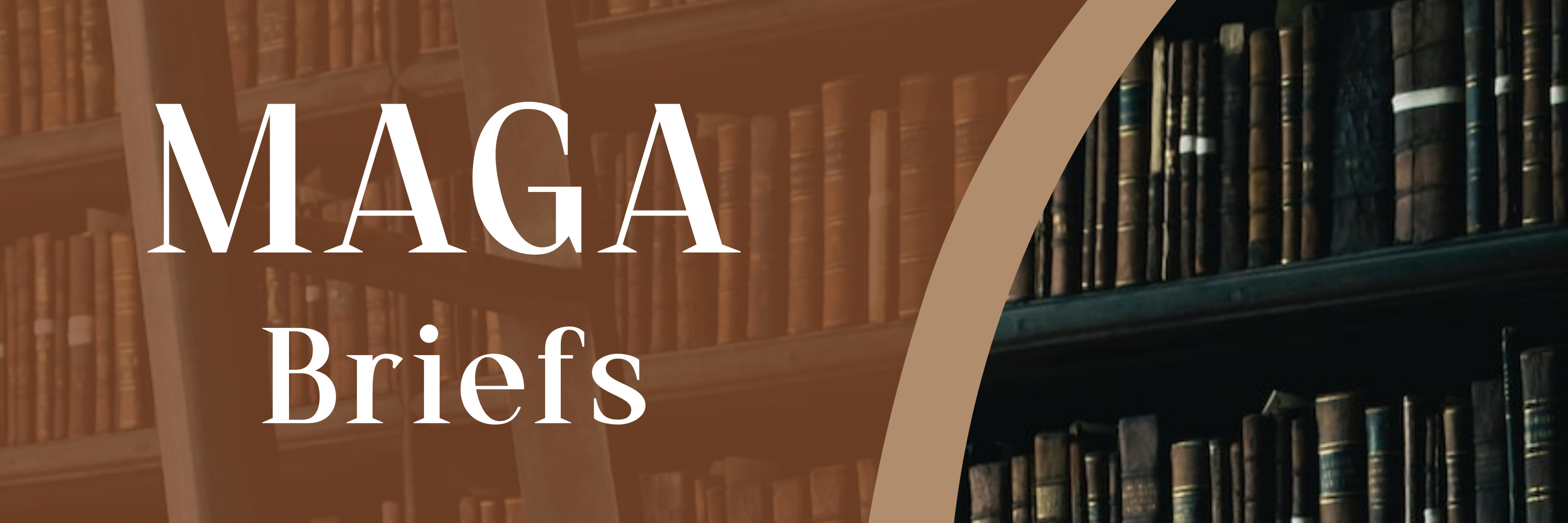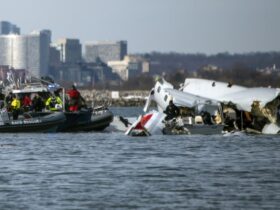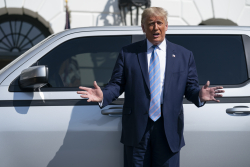President Trump fired off rare public criticism of Russian leader Vladimir Putin and sat for a dramatic one-on-one talk with Ukrainian President Volodymyr Zelensky in the Vatican over the weekend, marking a starkly pro-Ukraine tilt for the president as he pushes for a peace deal.
But it comes after details emerged last week of a U.S. peace proposal that tracks largely with Putin’s interests and demands, including Ukraine staying out of NATO and global recognition of its occupied Crimean Peninsula as Russian territory.
And Trump and Secretary of State Marco Rubio have threatened to walk away from talks entirely if a deal doesn’t materialize soon, with no indication of whether the U.S. would continue funding Ukraine’s war against Russia’s invading forces.
Danielle Pletka, distinguished senior fellow at the American Enterprise Institute, said Ukraine’s leader would be well advised to focus on getting security guarantees within the framework of Trump’s proposal before it’s too late.
“Ukraine is out of options right now. If it wants to prosecute the war, it needs sufficient weaponry, and America is the only source for a good deal of it,” she wrote on her Substack, “What the Hell is Going On.”
“And America, in the person of our President, does not want the war to continue. We can jump up and down and say that’s wrong, but it’s his view, and he’s not going to change it.”
Trump has suggested some sort of watershed moment in Russia-Ukraine talks coming soon, though he’s provided few hints on scope or details.
“You can ask that question in two weeks, and we’ll see,” Trump said about whether the U.S. would continue supporting Ukraine, speaking from the Oval Office last week.
Putin, who has so far rejected U.S. proposals for peace, announced Monday that Russia would pause fighting for three days next month and asked Ukraine to do the same.
After Putin in February rejected a U.S. plan for a broad 30-day ceasefire, the Trump administration pushed more limited ceasefires focused on energy infrastructure and shipping lanes in the Black Sea, as well as a separate bilateral deal with Ukraine on future mineral extraction revenue. Talks with both are ongoing.
It’s unclear if Congress and European leaders will swallow the deal, which effectively cedes much of eastern Ukraine to Russia and makes various other concessions to Putin.
Pletka said it didn’t matter, in terms of realpolitik.
“There’s no issue about whether Congress accepts it, because Congress isn’t a player here,” said the former Senate foreign relations staffer, speaking with The Hill. “And as to the Europeans, if they want to continue to do more to help Ukraine, that is absolutely their option.”
Trump expressed his frustration with Zelensky early last week after the Ukrainian leader publicly said Kyiv would draw a red line at recognizing Crimea as Russian.
But Trump shifted his ire to Putin later in the week, writing Thursday that he was “not happy” with Russian strikes on Kyiv and telling Putin to “stop it.” Then on Saturday, Trump offered his harshest criticism yet of the Russian leader in a Truth Social post.
“With all of that being said, there was no reason for Putin to be shooting missiles into civilian areas, cities and towns, over the last few days. It makes me think that maybe he doesn’t want to stop the war, he’s just tapping me along, and has to be dealt with differently, through ‘Banking’ or ‘Secondary Sanctions?’ Too many people are dying!!!”
Ukraine was dismissive of Putin’s three-day ceasefire proposal, which would last from May 8-11, coinciding with World War II Victory Day commemorations on May 9.
“If Russia truly wants peace, it must cease fire immediately. Why wait until May 8th? If the fire can be ceased now and since any date for 30 days—so it is real, not just for a parade. Ukraine is ready to support a lasting, durable, and full ceasefire. And this is what we are constantly proposing, for at least 30 days,” said Ukraine’s Foreign Minister Andrii Sybiha on the social platform X.
Heorhii Tykhyi, spokesperson of Ukraine’s Foreign Ministry, on Monday said Trump was “very serious” about achieving peace during his meeting with Zelensky on the sidelines of Pope Francis’s funeral.
“And again, we think it was constructive, a good one, but to really measure the results of this meeting, of course, we need to see how the situation evolves further in the coming days and weeks,” Tykhyi said.
Republicans in Congress have given Trump wide latitude in his approach to Russia and Ukraine, even as he reportedly proposed terms that have long been a red line both for past administrations and many Ukraine hawks on both sides of the aisle.
Sen. Lindsey Graham (R-S.C.), a staunch backer of both Ukraine and Trump, has dangled legislation that would levy secondary tariffs on any country that purchases Russian oil, gas, uranium or other products if Putin doesn’t halt the war.
“The Senate stands ready to move in this direction and will do so overwhelmingly if Russia does not embrace an honorable, just and enduring peace,” he wrote Saturday on X.
David Kramer, executive director of the George W. Bush Institute, expressed some hope that Trump was starting to realize the blame for the war and its related atrocities lies squarely with Putin.
“Putin continues to defy the United States through endless bombings — the latest call for a ceasefire is nothing more than a smoke screen to deflect attention,” he said.
“Trump needs to follow up with Russia — tightening sanctions, secondary sanctions, moving from freezing to seizing frozen assets, resumption of military assistance to Ukraine — for Putin to feel the pinch. So far, he’s not feeling it.”
















Leave a Reply